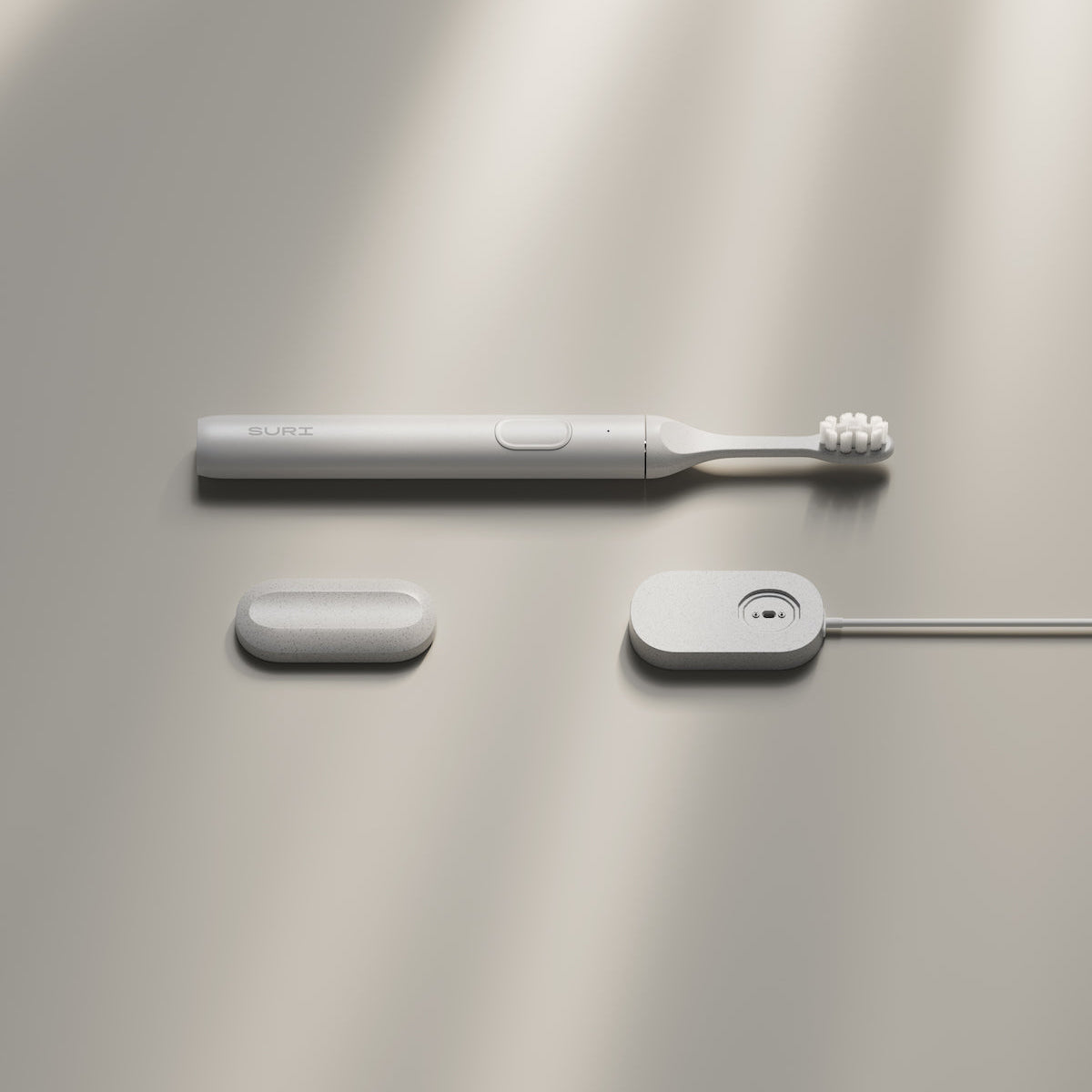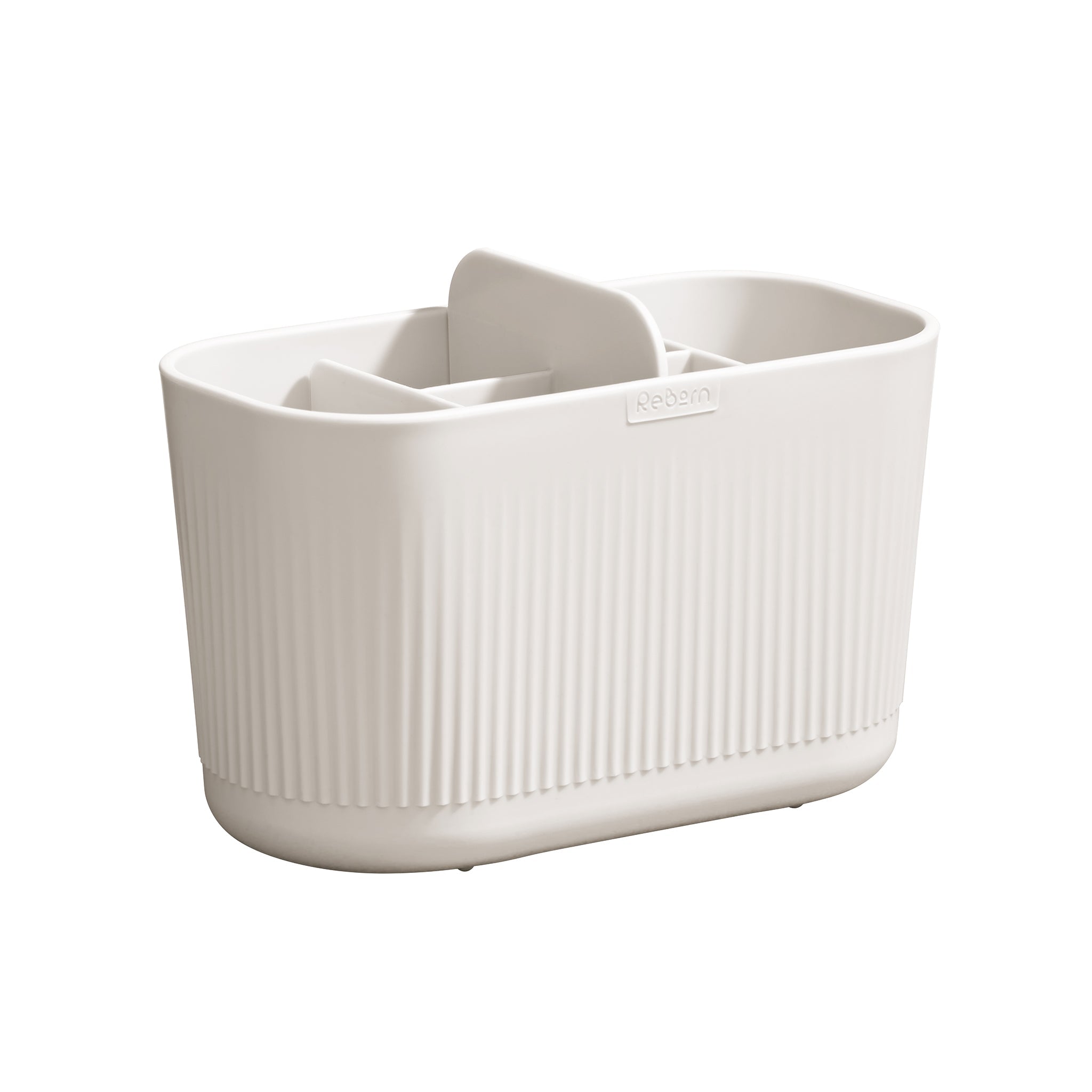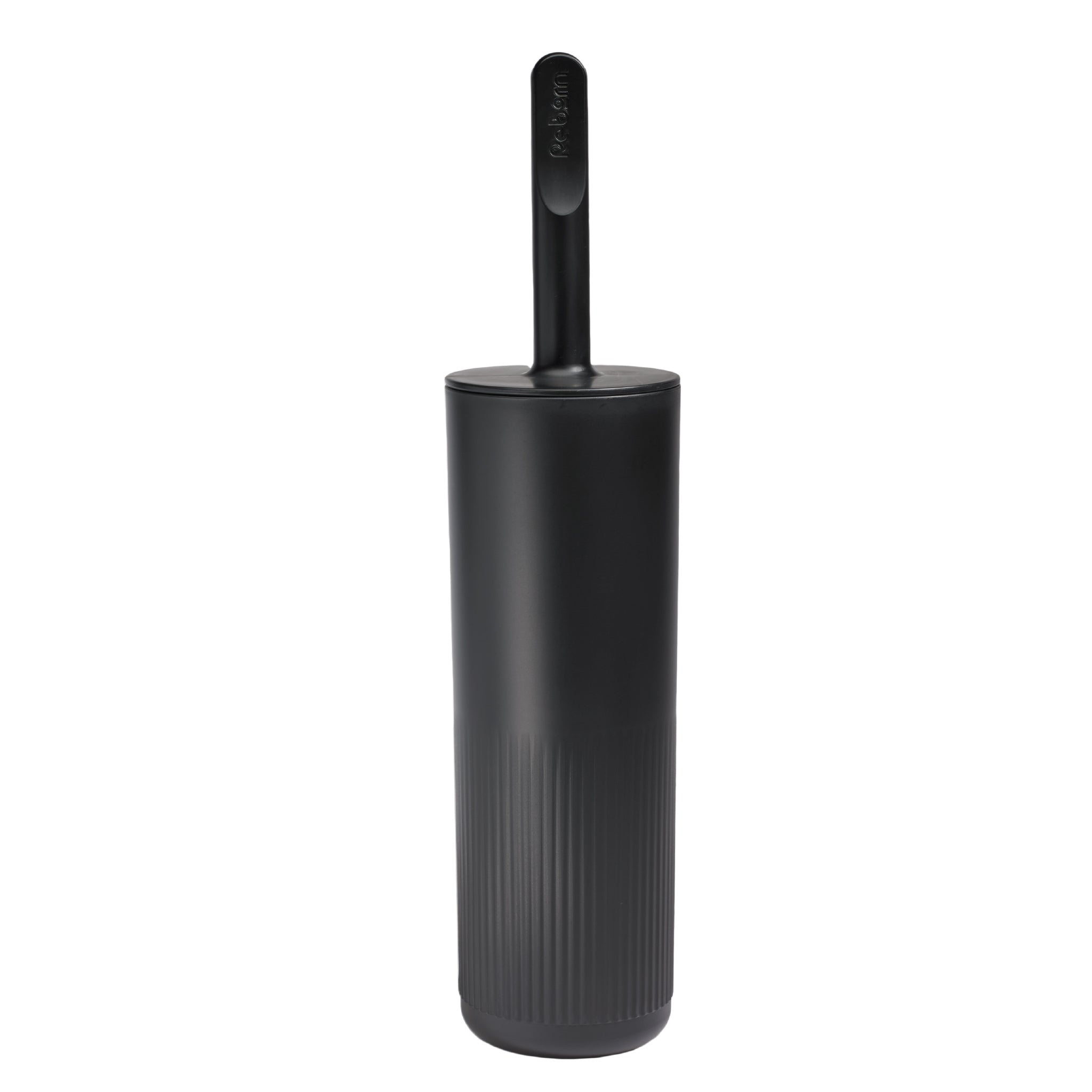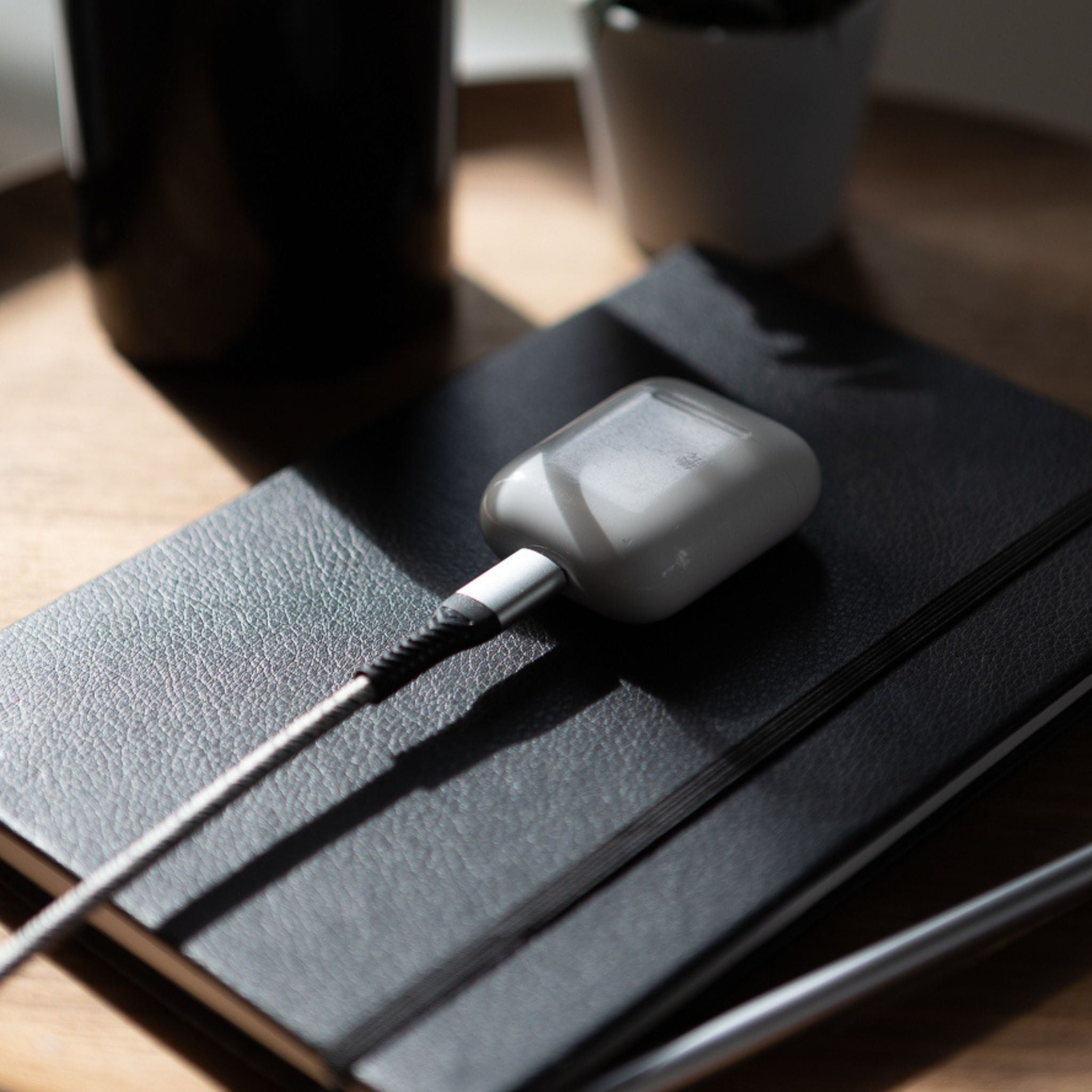Making a truly circular product is no easy feat.
But for Suri founders Mark and Gyve, it was non-negotiable. Tired of the ‘use and discard’ status quo, they wanted to create a sustainable electric toothbrush you could keep forever. That meant making the Suri both repairable and recyclable.
Since launching their groundbreaking toothbrushes in 2022, Suri have used clever circular systems to keep them in use for as long as possible. Curious about how they repair and recycle their products? Let’s take a peek behind the curtain at Suri HQ.
Designing a repairable toothbrush
When Mark and Gyve pitched the idea of a repairable toothbrush, they were laughed at by twenty different manufacturers. To most, an item breaking was simply an opportunity to sell the customer a new one.
Evidently, a seismic cultural shift in the way we view our toothbrushes was long overdue. Suri are happy to lead the way.
The key to the Suri’s repairability lies in one crucial feature: a tiny screw in the base. Whereas most electric toothbrushes are sealed shut, this screw allows the Suri to be taken apart with ease.
From there, the Suri team can carry out repairs, replace a battery, or reuse and recycle components. Thanks to the Suri’s simple design (no Bluetooth or LED screens here), it’s relatively straightforward to fix.
How the Suri toothbrush repair program works
- If your Suri toothbrush develops a fault while under warranty, repairs are free. Outside of the warranty, you’ll be charged a reasonable fee.
- You’ll be immediately sent an as-new, refurbished replacement brush handle, along with a Freepost label so you can return your faulty brush.
- Once Suri receives your old toothbrush, it will be repaired, sterilised and made like new. It will then be distributed as a replacement brush for someone else.
- If the toothbrush is beyond repair, it will be taken apart to recover as many parts as possible. Suri works with e-waste partners to repurpose and recycle anything else left.
Recycling the Suri toothbrush heads
For the vast majority of toothbrushes, recycling is impossible due to the variety of materials involved in their construction. Although some brands have started to offer recycling outlets, these are often inconvenient or not widely publicised.
From the outset, Suri wanted to make sure that their recycling process was as simple as possible for the customer. They’ve taken responsibility for the entire process, so that they can have full control and track their impact.
To recycle your plant-based Suri brush heads, all you have to do is save up three or more and post them back in the prepaid compostable mailer bag that comes with the brush. Simple.
Closing the loop
So, how are those plant-based brush heads recycled? It’s a multi-step process. First, purpose-built machines pluck the bristles and remove the copper clips that hold them in place. Then, the heads and bristles are heated to high temperatures, before being pressed into small pellets or thin spools.
The resulting pellets and spools, which have been sterilised by the high heat, can now be easily turned into new Suri sustainable toothbrush heads. The copper clips are melted down and recycled separately.
Futureproofing the Suri Toothbrush
The Suri is the last toothbrush you’ll ever need - but what if you want an upgrade? In the future, Mark and Gyve want to develop an even quieter motor and a super-efficient battery.
When this happens, they want Suri customers to be able to incorporate these upgrades into their existing brushes. Their plan is to introduce a user-friendly kit that allows both repairs and upgrades to be carried out at home.
It’s all about empowering customers to have more control over the things they own. Now that’s a cause we can get behind.
On the fence about switching to a Suri toothbrush? Thanks to their 100-day money-back guarantee, you can get a full refund if you don’t get on with it. Try the Suri brush risk-free here.































